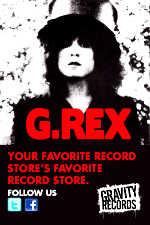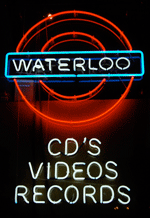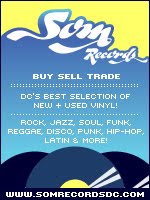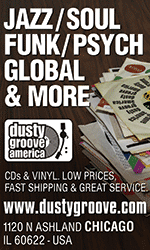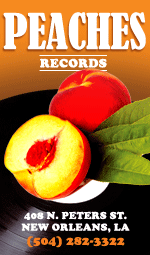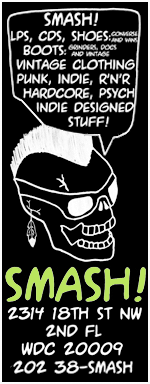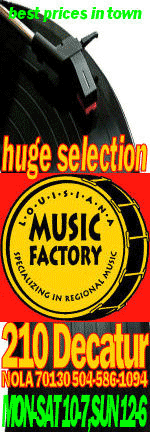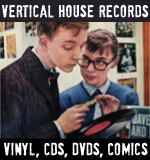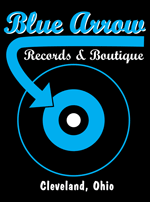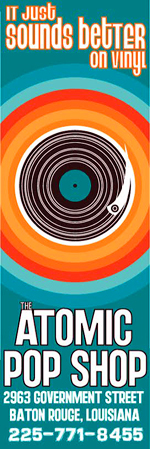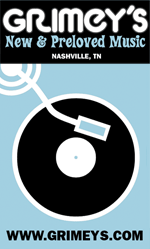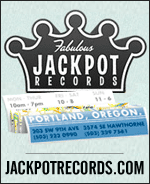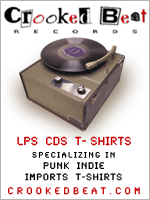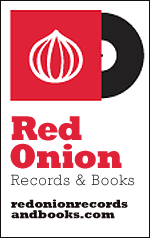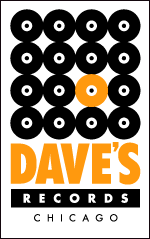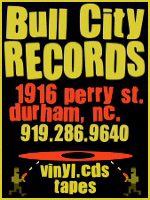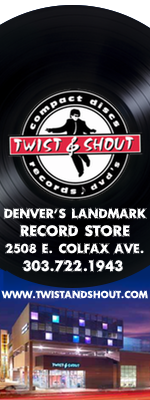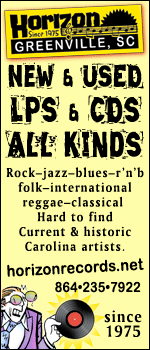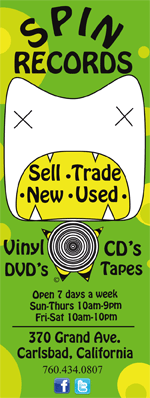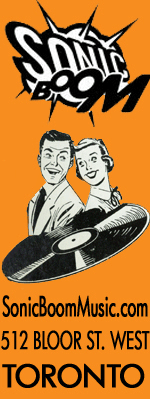
Kill a Punk for Rock & Roll: Photographs by Marty Perez 1976-2019, which is currently available in rapidly dwindling supply from HoZac Records, documents a body of work standing out in the field of shutterbugs who chose live music and its makers as a subject. The specifics will be enumerated below, but in short, Perez’s work effectively captures a wide swath of rock’s essence, from arenas and stadiums to hole-in-the-wall bars to Maxwell Street in Chicago. Maybe most importantly, after soaking up the progression of these shots across five decades, the contents cohere into a tangible point of view.
Marty Perez was raised in Chicago and attended college in Seattle, where he studied marine biology before dropping out and then worked in a record store. There was a move to New Orleans, where he worked as a commercial diver, and then back to Chicago; through all the moves, he was taking pictures of musicians both in performance and in casual repose, with his work landing in the pages of the zine Non-Stop Banter and the weeklies Chicago Reader and New City, plus rock mags The Bob, Puncture, Magnet, and Your Flesh.
Like a lot of music fans who came of age in the 1970s-’80s, Marty Perez’s roots are in the canonical classic rock stuff. There are shots here of Led Zeppelin, Yes, Queen, Rod Stewart, and ELO, but within the same approximate timeframe, there’s also The Clash, Talking Heads, B-52’s, Graham Parker, and some wonderful shots of Patti Smith, so Perez clearly didn’t share the sentiments expressed in the cover snap, which is described as his most famous photo (used on the cover of The Oblivians’ Popular Favorites).
But something all the acts named in the above paragraph share is a high profile, an attribute late ’70s punks The Cheaters definitely lacked (The Cheaters featured the talents of Kurt Bloch, later of the better known Fastbacks, who are also included in these pages). But what’s striking is the affinity between The Cheaters and Fleetwood Mac, who grace the top half of the same page. There’s a lack of grandeur in the shot of Stevie Nicks that is reflected in Perez’s other “rock star” photos; the subjects aren’t idealized but are instead captured as working musicians, even when playing on the grandest stages.
The Cheaters and Mac pics are also in color, which brings us to another of the book’s strong points, specifically color photography that is vivid and with a crucial dose of pulp rather than a glossy coating. This is important, as a slick glamour shot aesthetic can distort the reality of rock performance, whether it’s in a basketball gymnasium or a small club. And it’s not a surprise that Perez’s work with B&W is excellent, as well.
The book is ordered in chronological sections with the photos making up those sections assembled non-chronologically, and along the way there’s a clear increase in club shows, though Perez continued to venture into large scale situations, including festivals. And becoming even more obvious as the pages turn is that Perez was drawn to the raw stuff.
God Bullies, Ellen Hoover-era Gibson Bros., Thee Headcoats, The Compulsive Gamblers, The Jesus Lizard, Shellac, and Jon Spencer with Boss Hog and the Blues Explosion are all represented. Perez sates in Jim DeRogatis’ intro that he always needed a job with benefits, so photography never paid the bills. That surely means Perez was drawn to shoot the bands he liked, rather than just handle assignments. This is where that point of view comes into play.
But maybe the coolest inclusions in Kill a Punk for Rock & Roll are the pictures of the crowds, some eagerly anticipating what’s to come, others a little bored waiting, and still more grooving their asses off. These shots by Perez are a necessary reminder that it’s the crowd that makes it a show. If the audience isn’t there it’s just band practice.
GRADED ON A CURVE:
A















